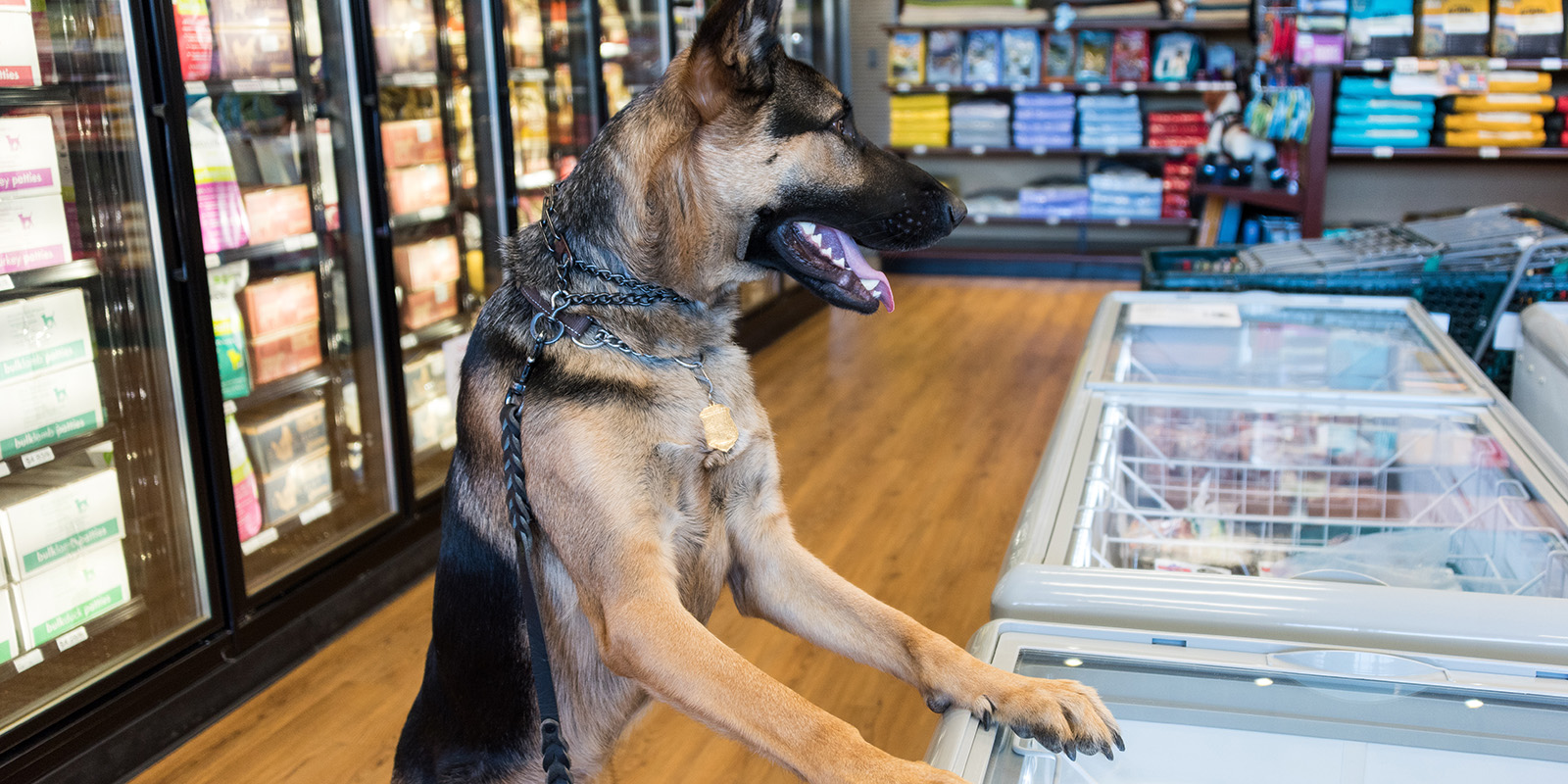How can facilities management play their part in building bricks and mortar success? We interviewed Peter Pritchard, CEO of Pets at Home to find out how his business is evolving to meet the needs of a radically changing high street.
He's felt the burn of hyper-competitors at his heels and ridden a wave of interest in pet ownership as the pandemic kept us all at home. Can the CEO of Pets at Home keep customers coming through the door with a spot of dog yoga?
Talking to Peter Pritchard in our Let's Talk FM Podcast we discussed how the dominance of the e-commerce giants and the shock of Covid focused his business on the unique value they could bring to their customers in store.
What are the lessons he’s learnt from his long and impressive career— and the last two years of dramatic change?
Animal magic? 4 lessons for the future of retail facilities management from the CEO of Pets at Home
1. Data is everything!
“Every retailer should learn lessons from the likes of Amazon and Alibaba”, says Peter.
The extraordinary dominance of the big e-commerce players in the retail sector is undeniable. The internet revolution has killed off many of the giants of the high street. The reason for their phenomenal success is obvious: unrivalled choice, price and fulfilment capabilities. And underpinning all these factors is their access to data; they know their customers inside out, and they can predict their behaviour and tailor services accordingly.
But, regardless of whether you’re an online retailer or have a sizeable real world retail footprint, your access to data about your customers is everything. Peter Pritchard puts it bluntly.
If you don’t know your customers as well as Amazon does, you need to worry.
For bricks and mortar stores, the secrets of customer behaviour can be buried deep in their interaction with buildings and equipment. And it can be as valuable and predictive as online metrics are to e-commerce specialists.
Yet, for many companies, that data is never captured and accessed at all. It just goes unused and unanalysed.
Buried deep in work order requests and asset management records, you can find evidence of:
- Trends around asset usage
- Spikes in footfall
- Equipment failures
- Issues with premises
These stats tell their own story of where you are letting down your customers, where you are adding extra value for them and what they really need from you.
Overlaid on customer satisfaction metrics, they help you understand how, when and why you are meeting or failing expectations. They can give you the insight you need to improve performance and make your facilities work for those using them.
2. "It’s all about the unique value you bring"
As Pritchard says in our interview, the truth is, we can’t compete with Amazon on the basis of ‘just selling stuff’. Instead, bricks and mortar retailers need to recognise their unique value to consumers or identify what that could be in the future if they’re going to thrive. When it comes to Pets at Home:
“We’re not a pet shop”, says Peter Pritchard. “We’re a pet care centre”.
Pets at Home know their customers intimately; they know they rely on the business for more than just product—for advice, insight and hands on support, too.
“You asked me what our job is? It’s to be helpful, rewarding and convenient”, says Peter.The fact that we know you and your dog means we can do everything from supplying dog food to offering canine hip replacements and even cancer care. We have this whole breadth of things that we do to be helpful. And I think that's how you've got to reframe your business in the modern world”.
One of their key insights was that their customers liked to bring their dogs shopping with them. So, for Pets at Home, their facilities were key to maximising customer value when they did. Now, their properties offer more than product; they’re available for dog washing and grooming—not forgetting agility training and dog yoga.
The eCommerce giants are amazing at fulfilment, Peter reminds us, but they can fail at emotional engagement. That’s where the physical store can make the difference.
And, in the post-Covid world, he believes people will gravitate towards bricks and mortar retail if they can get the experience and services they can’t get elsewhere.
As bricks and mortar retail becomes more focused on experience, Facilities Management will have a key role in:
- Identifying opportunities in customer demand
- Identifying opportunities in underused space and resource
- Converting space to support new initiatives
- Ensuring excellence in execution
- Reporting back on success
“You shouldn't assume that customers want to run their lives by Amazon. I think, as a consumer, wouldn't life be so boring if I spent my entire life sat in front of the computer, never connecting with anybody. There comes a point where actually that's not terribly convenient either.”
3. Communicate!
Change can be rapid and disorienting for any business, but it is inevitable for bricks and mortar premises in the digital age. In the chaos and uncertainty of Covid, Pets at Home soon realised the importance of leadership in communicating with a scattered and confused workforce.
“We reorganised ourselves in a way that allowed us to figure out what was going on early doors, to make decisions twice a day and enact plans once a day. And that also included how we communicated to keep everybody in the organisation aligned at all times”.
Peter talks about the need to communicate on a personal level in times of change and flux: to recognise individual achievement in a business to bolster trust and morale.
“And so my job for the first 15 weeks of the crisis was to make a daily video. It was filmed in this room, on my smartphone saying, ‘Right today, chaps, this is what we need to know’”.
Having organisational tools (like a CAFM) that make you operationally ready for anything— automate routine and new maintenance tasks—will help you organise new initiatives with minimum disruption on the ground. But they can also free you up to focus on the human side of the equation to be present and ‘hands on’ for your team in other ways.
4. Be prepared to experiment
Amazon understands this—and all other retailers should. Why else would they be trying their hand on the High Street with Amazon Fresh—experimenting with bricks and mortar stores powered by app technology?
We need leaders who are always looking at new tech. We also look to competitors and across sectors for inspiration and new ways of doing things. As Peter says:
“I think the best leaders we've seen have been the ones who have been very honest. They have been prepared to admit they haven't got the answers, but they continue to learn and they continue to do the best that they can”.
But he also notes that the Covid crisis has been the mother of invention. It’s forced businesses to experiment, take risks and accelerate their decision-making.
“I think most organisations will reflect that unless you're really forced into change, sometimes you just don't let go. And I think the best thing about COVID is that we’ve had no choice. We’ve had to change. And I think we've probably got braver as an organization”.
As bricks and mortar retailers recover from the impact of Covid, we’re all thinking about the good and bad decisions we’ve had to take throughout the crisis.
The past two years have shown us how change and experimentation can radically impact our business. But we have also seen how we can be paralysed when we don’t have the tools and data to measure and control the impact of that change.
.png?width=680&height=700&name=Ai%20page%20module%20(2).png)



